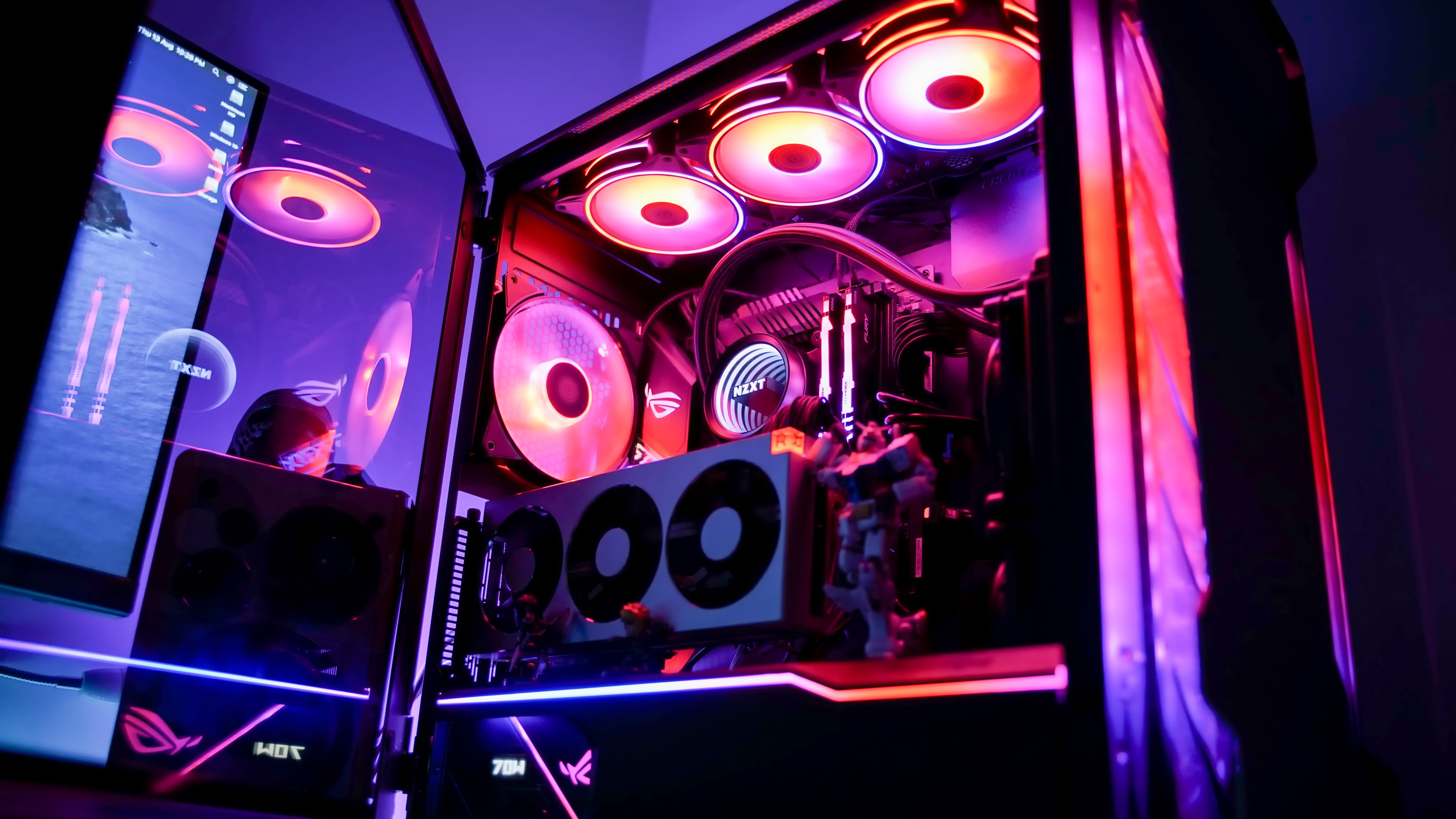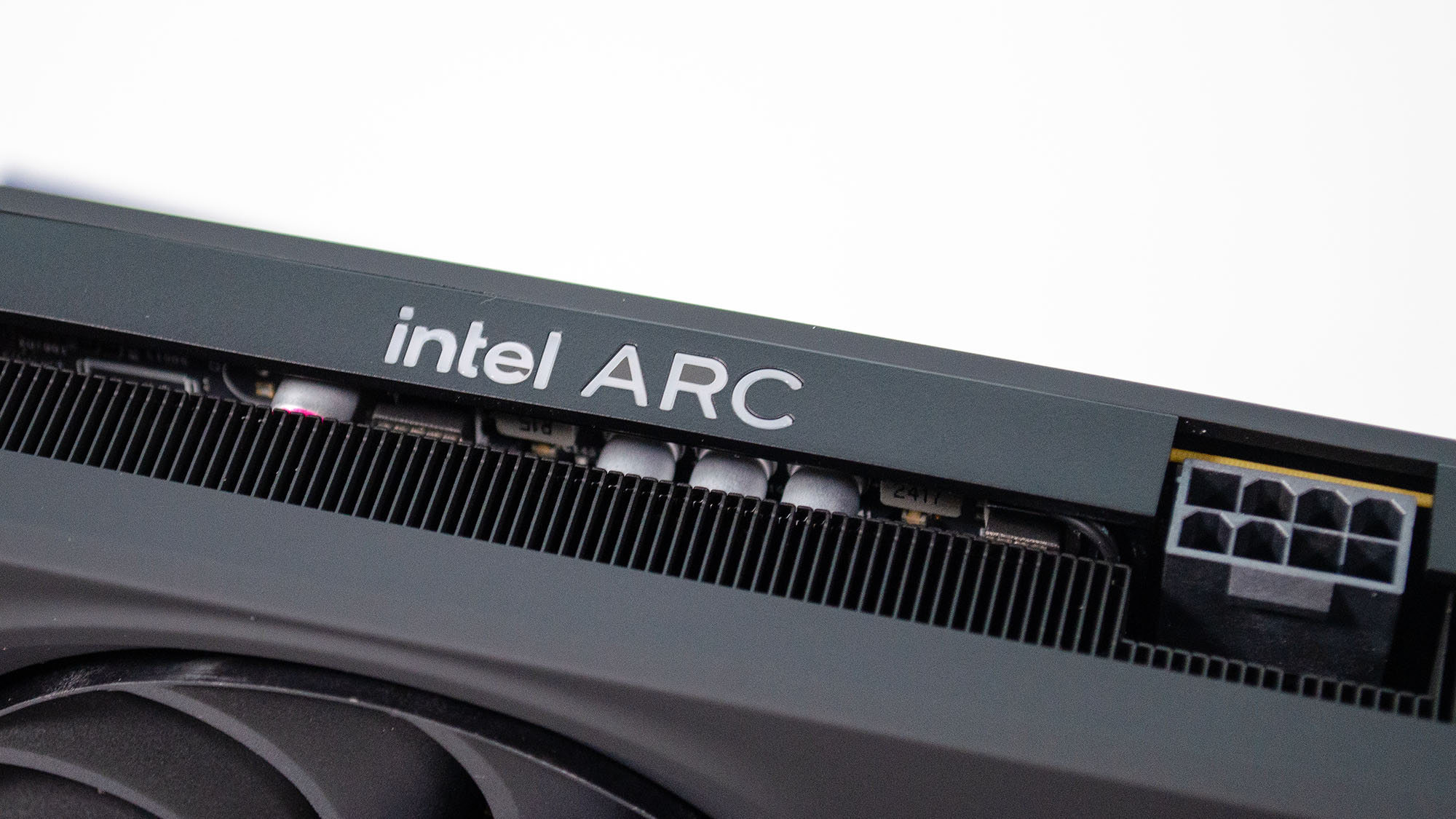
Gatekeeping is something that's brought up a lot, isn't it? It's frowned upon, obviously enough, as obnoxious, off-putting, and generally unnecessary – whether we're talking about gaming, music, movies, books, you name it. New fans aren't going to ruin Metallica for you just because they're, well, new, and they like St Anger. I'm not here to talk about that trashcan snare drum, though – no. I'm here to talk about PC gaming and how absolutely diabolically expensive it's become to even get yourself into the ecosystem.
It's dumb. Real dumb. I bought my first gaming PC back in 2011. It was a pretty solid build back in the day: Intel Core-i5 2500K, 8GB of DDR3, a nice BitFenix Shinobi chassis, the works. The crowning glory in that thing, though, was the graphics card, an MSI Twin Frozr GTX 460, complete with 1GB of VRAM, on Nvidia's Fermi architecture at 40nm. Perfect for a bit of World of Warcraft: Cataclysm raiding with my guild Fracture at the time. It's a card that retailed for $250, but I paid around half that for the GPU (£130 in the UK to be precise). In January 2013, I upgraded to a GTX 660, Asus DirectCU II, with 2GB of VRAM. That card was available for £155 (retailing at $229), offering much more performance and twice as much memory (for less money in the US).
Flash forward to 2024, and it’s a whole other ball game. To get even close to a similar model, you're looking at a minimum of around $320, and that's on the low-end. That's an increase of 40% over that 11-year time frame. Take mid-range and high-end cards though, crammed with even more goodies, and that price shoots up even higher. RTX 4090s debuted at, what, $1,800? Even the best Titans used to land around the $800 to $1,000 mark back in the day. That's nearly double the cost for the flagship GPU of choice.
The thing is, though, the more you look into the details – into how it's all lining up – the more you realize that actually a lot of this price hiking ties into inflation quite nicely. Certainly with the more affordable GPUs, anyway. $229 in 2013 works out at around $310 in today's money – about right for the low-end pricing I mentioned.
I'd be less begrudging if economies of scale weren't a thing, and you know, continued advancement and production improvements should lead to a reduction in overall cost, like we've seen in TVs for example.
Yes, of course, there's the argument that these companies need to make money, and there are R&D costs involved, but even so, graphics cards and products just haven't dropped in price like they used to gen-on-gen. And the thing is, these companies clearly have the profit margins to do it. With the current inflationary pressures out there globally, Nvidia, AMD, and Intel all launched new product lines in the last 12 months, all of which either match or are cheaper than their similarly named predecessors. A good PR move – and a smart sales move.

Buying power, build complexity, and influencers
I believe there are far more complex issues at work here. As far as I can see, there are three primary reasons why buying a mid-range gaming PC today is far more painful than it used to be on the old wallet.
First on the agenda, localized buying power has not kept up with inflation. Certainly not in the US. If you look at real median household income in the States from 2013 to 2023, it increased by just 18.2%, a far cry from that 35.4% cumulative inflation over the same period. Simply put, wages haven't kept up with rising costs. Why that’s the case is more an argument for those in the political sector than for me, but the stats don't lie, and its impact is clear.
The second, and more pressing factor, is the radical increase in companies making ever fancier components across every facet of a modern-day gaming PC build.
Although entry-level and mid-range graphics cards (that still make up the vast bulk of sales, I might add) are amazingly on target for affordability lining up with inflation, the rest of the PC ecosystem isn't. Higher-end GPUs, as well as CPUs, motherboards, RAM, and SSDs have all seen major increases in overall costs.
Certainly, if you compare product lines, Asus ROG Hero motherboards used to come in at just under, or over, the $200 mark – and now one of the latest models will set you back nearly $700. And then there's everything else. Cooling, lighting, fans, custom keyboards, monitors, the works. Everything is a specialist product now, and that all adds to the overall build cost of a PC.
Lastly, in part thanks to influencers, and the internet more broadly, it's no longer enough to just have a non-windowed chassis packed with the core hardware. The humble gaming PC has become an ornament, littered with RGB lights and enough accessories to make even the most avid of kleptomaniacs blush. It's a struggle to stay five minutes on social media without getting fed an Instagram Reel or YouTube Short of someone showing off an epic PC build, or gaming den, complete with a $1,200 GPU and RGB lighting that costs nearly as much.
All of that comes together to push an average system build well out of reach of an average wallet. Consoles aren't faring any better either, with the likes of the PS5 Pro debuting at nearly $700. Once upon a time, building a custom gaming PC that was more potent than a console for similar(ish) money was a good reason to jump on the PC bandwagon. Now, it's a pipe dream. A memory from within the mists of time.

Intel leads the way, weirdly
That's why Intel's latest move with its Arc B580 graphics card has got so many people talking (in a positive way for once). Its latest generation of desktop processors (Core Ultra 200S) might not have been released quite as oven-ready as Intel had hoped, but Team Blue's new Battlemage graphics card? Oh boy, it is top-notch, at least on the value front.
Our own John Loeffler took a look at the Intel Arc B580 at the tail-end of 2024, and it absolutely stomps 1440p gaming, which, let's face it, is slowly becoming the de facto resolution for most modern PCs at this point (sorry 4K, you're still too damn expensive).
But the big thing, by far, isn't the fact that the B580 does very well in pretty much every game you throw at the GPU currently, beating out the likes of the Nvidia RTX 4060 and AMD RX 7600 XT. No – it’s the fact that it does this while being 20% cheaper than the cheapest of those cards, and it easily outguns the RTX 4060 Ti in terms of value proposition given the relative performance of the two GPUs. Well played, Intel. Well played.
Team Blue has made a grand statement with this thing. Intel has repeatedly said it aims to target the entry-level gaming market, and if I'm honest, I'm glad. AMD used to hold that mantle nicely, beating Nvidia in the lower-end price bracket while Team Green dominated the high-end – but those plucky Team Red GPUs have since lost their affordable sheen.
Intel, with its Arc GPU line, seems to be pulling back some serious street cred – well, at least for the time being. This'll hopefully lead to both AMD and Nvidia countering with their own price cuts, and that's going to be a major positive for all of us.

Where will all this lead?
Still, this is just one drop in the ocean. One component out of many. PCs are still too expensive. The PS5 Pro launched at near $700, and more and more we're seeing this ecosystem that used to be so inclusive, just price people out. If you want to get into PC gaming, or even console gaming, it is now so difficult with modern hardware. This is just a fact. You want the best experience? Best take out a loan or remortgage the house.
There's always been an "us and them" mentality when it comes to PC gaming. Always a Red versus Blue, or Green versus Red, or PC versus console conflict. The latter in particular is an age-old tale, but not one that stemmed from cost – it was built off the back of issues like ease of use, graphical fidelity, or mouse and keyboard versus controller. There wasn't artificial financial gatekeeping as there is now.
The thing is, unless there's a radical shift in the world of PC components, and the way they're made, it's difficult to see how there will be any change. Prices are only going to creep up higher, wages are only going to stagnate further, and the situation can only escalate. Combine that with the threat of Trump’s trade tariffs in the US adding an extra 20% to 60% onto the cost of those imported components, and, well, you've got a recipe for disaster.
The glimmer of hope, for GPUs anyway, is that challenge presented to the current duopoly by Intel's Arc Battlemage and the new B580 – and the hope that a rumored B770 model might prompt some further price cuts (although the high-end is set to remain Nvidia's domain, sadly).







